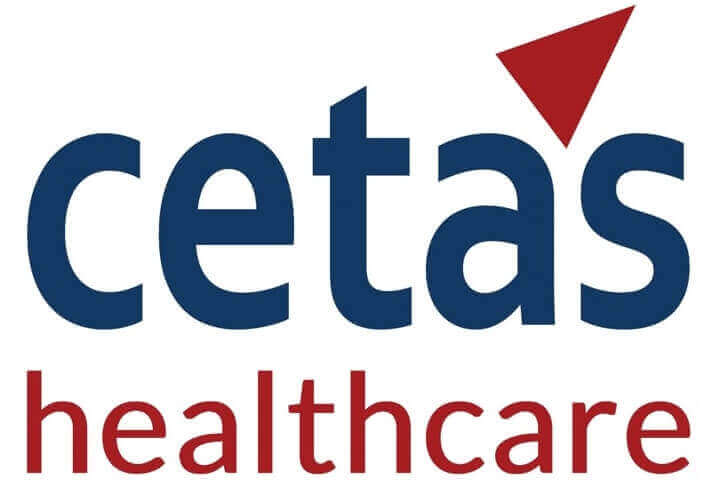X
Typically 45 - 60 minutes duration telephonic/web-based video in-depth interviews.
Typically 45 - 60 minutes duration in-person in-depth interviews.
Typically 90-120 minutes duration focus group discussions.
Typically <5 minutes and <10 questions, On-the-go online surveys on your mobile devices.
Typically 20 - 25 minutes duration surveys conducted online.
Typically <5 minutes and <10 questions, filled in online by referring to individual patient case forms with HIPAA compliance.
We provide the best insights for your business
